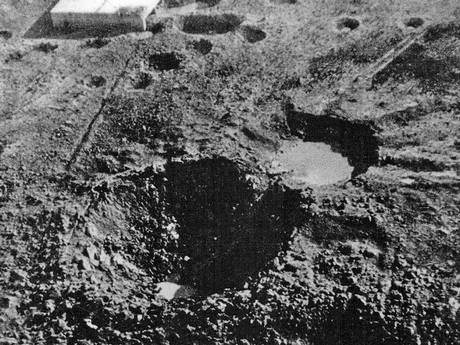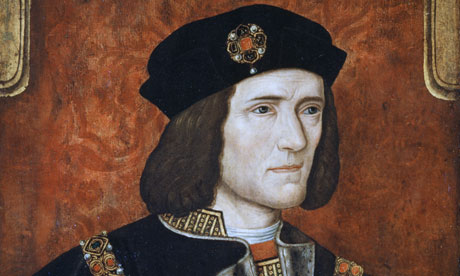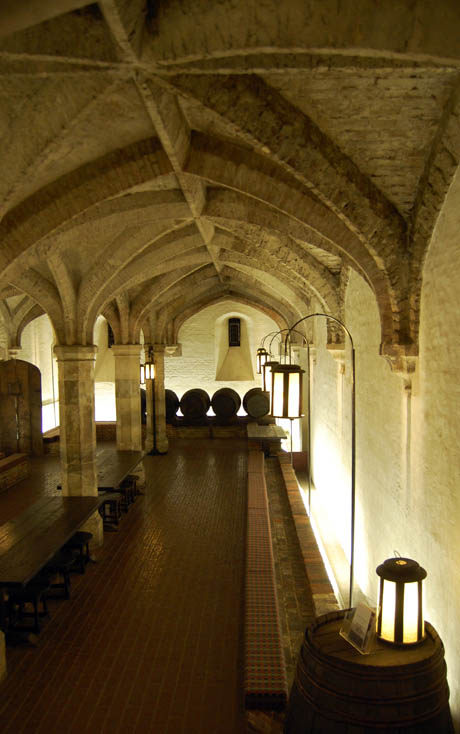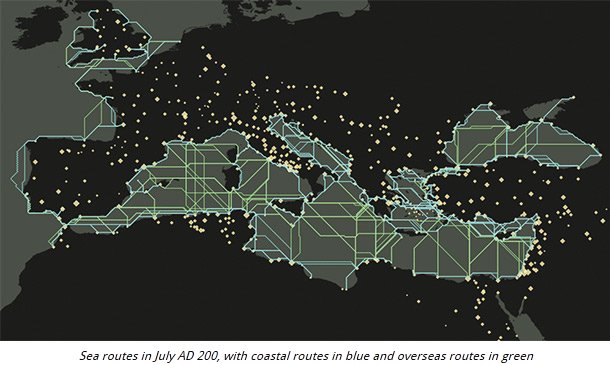A story in the Express about waves from recent storms having uncovered a previously unknown ancient forest on the shores of Cardigan Bay:
Gales stripped the sand from a beach at Borth in Ceredigion, West Wales, revealing the remains of a 6,000-year-old forest.
A picture of the same spot taken before the storms shows a strip of pristine sand.
The ancient oaks and pines date back to the Bronze Age.
They were discovered by Deanna Groom and Ross Cook from the Royal Commission on the Ancient and Historical Monuments of Wales.
Miss Groom, a maritime archeologist said: “The site around Borth is one where if there’s a bad storm and it gets battered, you know there’s a good chance something will be uncovered as the peat gets washed away.
“It’s regularly monitored and that’s why we went to have a look there again now to see if anything new had emerged.”
The ancient remains are said by some to be the origins of the legend of Cantre’r Gwaelod, a mythical kingdom now submerged under the waters of Cardigan Bay.
It has been described as a “Welsh Atlantis” and has featured in folklore, literature and song.
H/T to Elizabeth for the link.
Update: Elizabeth also sent a link that shows that ancient oak stumps aren’t the only things being uncovered by the waves:
The latest hazard caused by this winter’s devastating storms and floods has been revealed by police — unexploded bombs.
The storms that have ravaged and reshaped parts of the British coastline have led to the discovery of wartime shells long-buried on beaches.
There are also fears that flooding along the Thames will erode riverbanks, leading to the discovery of bombs dropped on the area by the Luftwaffe during the Second World War.
Police say that high tides and huge waves have either exposed devices or brought them closer to the surface.
Further storms and flooding are expected today as a new front moves in from the Atlantic. The Met Office has issued three severe rain warnings and gusts of wind are expected to reach 70mph.
The Environment Agency also still has 48 severe flood warnings issued across the UK following what the Met Office has described as the wettest winter on record.
Now walkers are being urged not to touch unidentified metal objects but to alert police to their finds instead.
In South West England and West Wales, which bore the brunt of the storms, six devices have been handled by bomb disposal units in six weeks.
The Navy’s Southern Diving Group said it had received a 20 per cent increase in reports of unexploded bombs since January.
A 100lb Mk XIX Second World War British anti-submarine mine was found by surfers at Watwick Bay, Haverfordwest, while a rare First World War German mine surfaced on a beach near the popular Cornish resort of Newquay.







